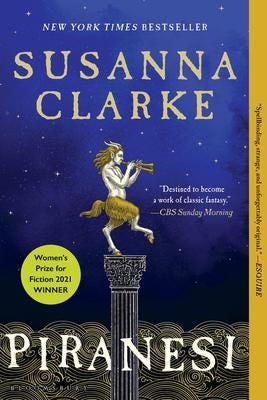Weekly Roundup- June 17th
Shipwrecks, thefts, penis graffiti, and a mass frog burial!?! Need to know more? Keep reading...
Colombia discovers two shipwrecks, releases new images of sunken treasure
Two shipwrecks sunk over 300 years ago have been found off the coast of Columbia. The footage released by Columbia’s government shows gold coins, pottery, and intact porcelain cups (see image below). The “holy grail,” as officials termed it, is thought to be worth millions in today’s money. It’s incredible, the preservation in shipwrecks- think the Uluburun and Cape Gelidonya off the coast of modern-day Turkey. Cold, deep waters are great as preserving materials, even organics in some cases.
But count us out- we are not underwater archaeologists!
Kara:
No SCUBA training here! I do love blue ware, though…

The Oldest Cookbooks From Libraries Around the World
Who would have thunk there were so many old cookbooks scattered across the globe? The oldest recipes can be dated to the Babylonian period, but cookbooks, in our modern sense, did not hit their stride until much later—many of the earliest cookbooks, as we know them, hail from the 15-18th centuries.
Having the means to be able to choose which meal you would like to have for dinner was a luxury reserved for the elites. The market for the printing and procurement of these manuals is interesting as well. How connected is this phenomenon with the occupation of a chef as a respectable position in society? Meanwhile, Kara’s son is obsessed with cooking, but he would never use a book. Rather, he cooks with YouTube videos, and so Kara and her boy fight about how to cook in the next, best thing in their household—pictorially or textually…
Now, who is going to cook one of these and send us a picture!?
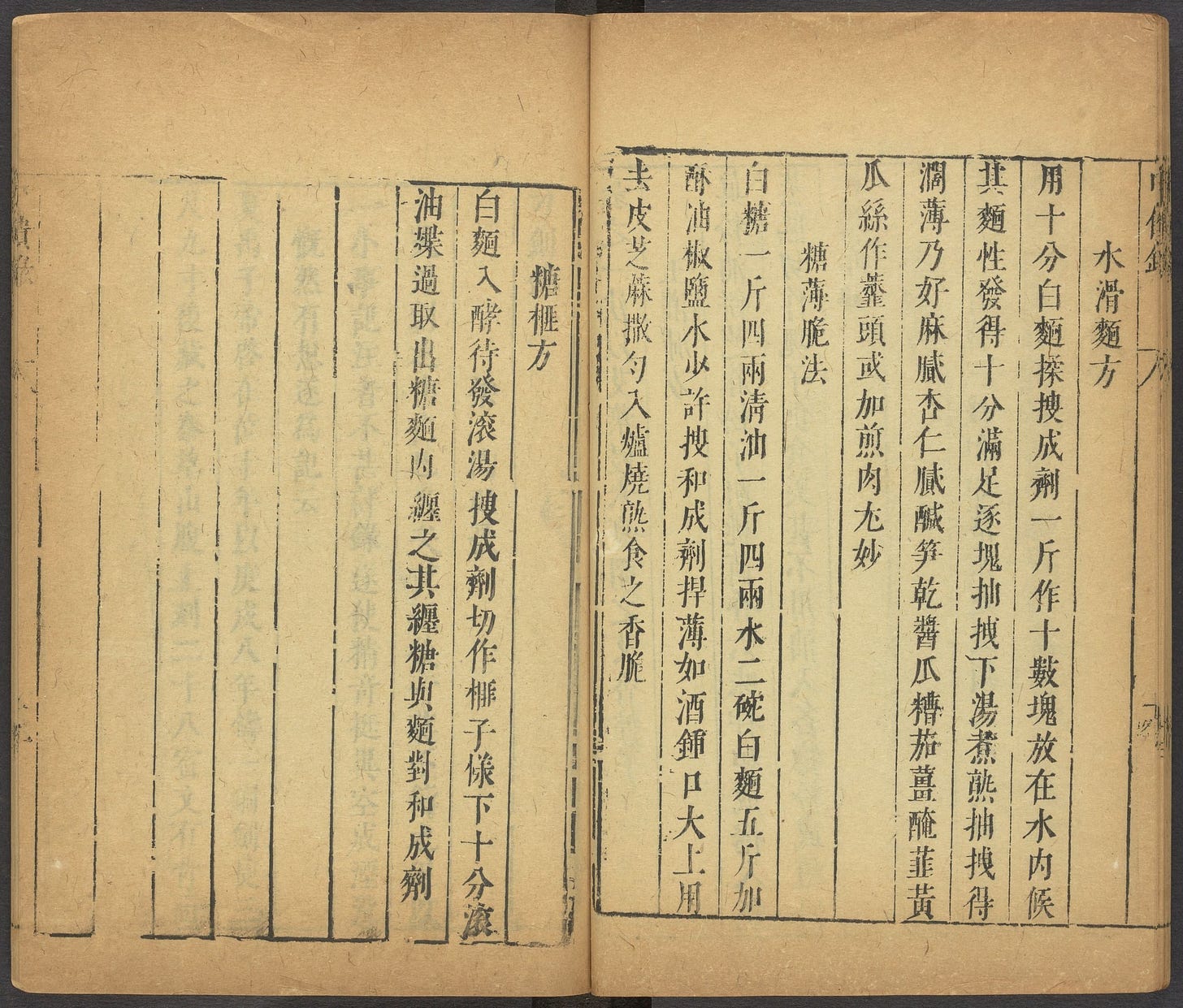
Specialist gang ‘targeting’ Ukrainian treasures for removal to Russia
Antiquities traffickers have targeted Ukrainian museums to loot antiquities from the war-torn country and move them into Russia. Particularly targeted are the gold Scythian treasures that are both visually appealing and monetarily valuable. U.S officials, archaeologists, and digital technology specialists are trying to help track and prevent further thefts from occurring.
We often wonder how certain objects end up in certain far-off places. For example the statue of Lady Sennuwy in Kerma (Sudan) made her way to the Boston Museum of Fine Arts. This Middle Kingdom statue was taken to Nubia almost 300 years later and placed in a tumulus. Most scholars interpret this as ‘booty’ or loot from a campaign. Now we can see this playing out in real-time.
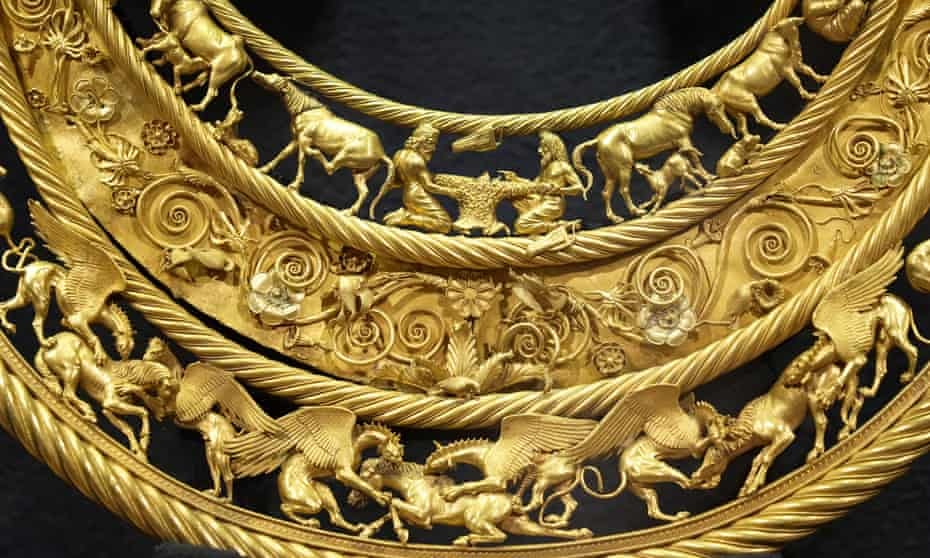
1,700-Year-Old Penis Graffiti Found at Ancient Roman Site
Who doesn’t love penis graffiti? No matter where you go in space and time, humans will be drawing penises on desks, walls, foreheads, you name it. At the ancient Roman fort of Vindolanda (modern-day England) archaeologists recently found a building stone that had been ‘vandalized’ with a penis graffito. The carving is accompanied by the phrase “SECVNDINVS CACOR",” which roughly translated to “Secundus, the shitter.” And now we are left wondering what the circumstances of this graffito were- was someone angry at Secundus or was it purely a jest about how well endowed he was?
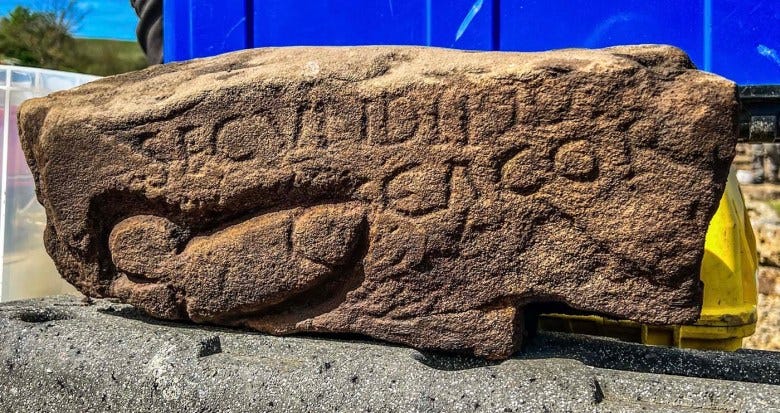
Mass frog burial baffles experts at iron age site near Cambridge
Archaeologists excavating at an Iron Age site near Cambridge uncovered thousands (read: over 8k) of frog bones buried along a ditch next to a longhouse. Was this connected to an ancient frog leg feast? Researchers don’t believe so- the bones have no cut or burn marks. Other hypotheses include a frog pandemic or a cold snap that killed off recently un-hibernating frogs. Let’s just be grateful that we aren’t the discoverers because 8,000 minimum species of frog must be exhausting…
In ancient Egypt and many other cultures frogs were connected with fertility—if this was the case here as well, such a huge die-off could have been distressing to the local inhabitants.
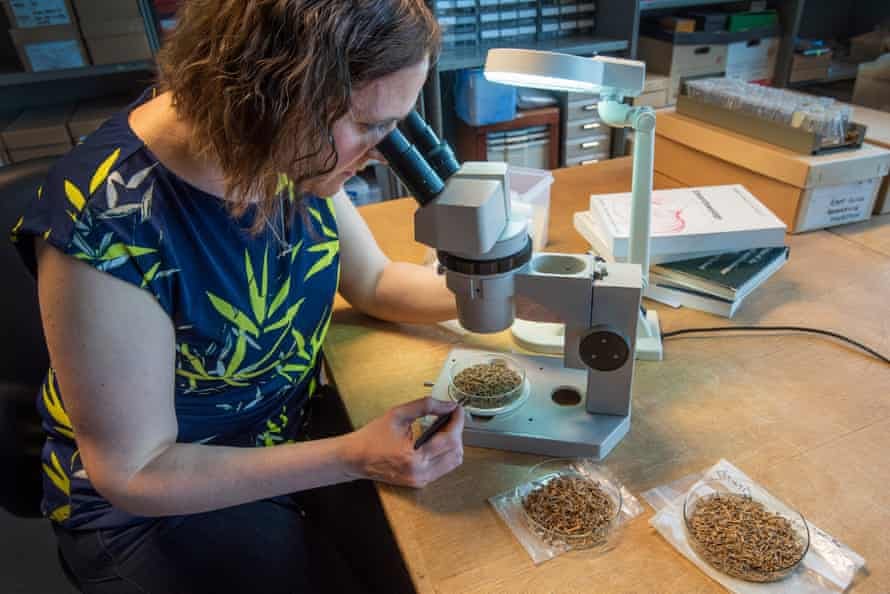
Can Machine Learning Translate Ancient Egyptian Texts?
Ubisoft developed the Hieroglyphics Initiative back when it released Assassins Creed: Origins which takes place in Roman occupied Egypt. The project’s goal was to develop a tool to decode hieroglyphs using machine learning. The authors of this article set off to find out where the project is now. Read more to find out their findings here. This is exciting news given how inaccessible glyphs are to most people. But…we do not want to be replaced by robots. Egyptologists are important.
Talk Nerdy Podcast: Egyptology w/ Kara Cooney


What are we reading/watching/listening to this week:
Kara: this fascinating Vogue article, “For One Writer, Creativity and Domesticity Have Always Been At Odds”
Writing in the white patriarchal world is supposed to be a privileged labor, shut away from society, serious and pure, and yet for me and many other working women, it’s a frantic process of scribbling on my IPad in-between meetings and classes. I remember years ago my ex-husband taking “writing trips,” every one of which was to meet a girlfriend, I learned later. I wonder how much writing he actually got done. Probably enough to warrant the trip. Such subterfuge.
I also remember, just this year, my (new and improved) husband said he was going to take his kids to Hawaii while my kid was with his father, and I thought I WILL GET SO MUCH DONE. But instead I retreated into a shell of doing nothing, probably because I require commotion to push against. I require the tension of the busy family to find my purpose. Can I produce as much writing as the typical privileged, white man? Probably not. But I’m so much fucking happier in my domestic chaos, I can’t even….
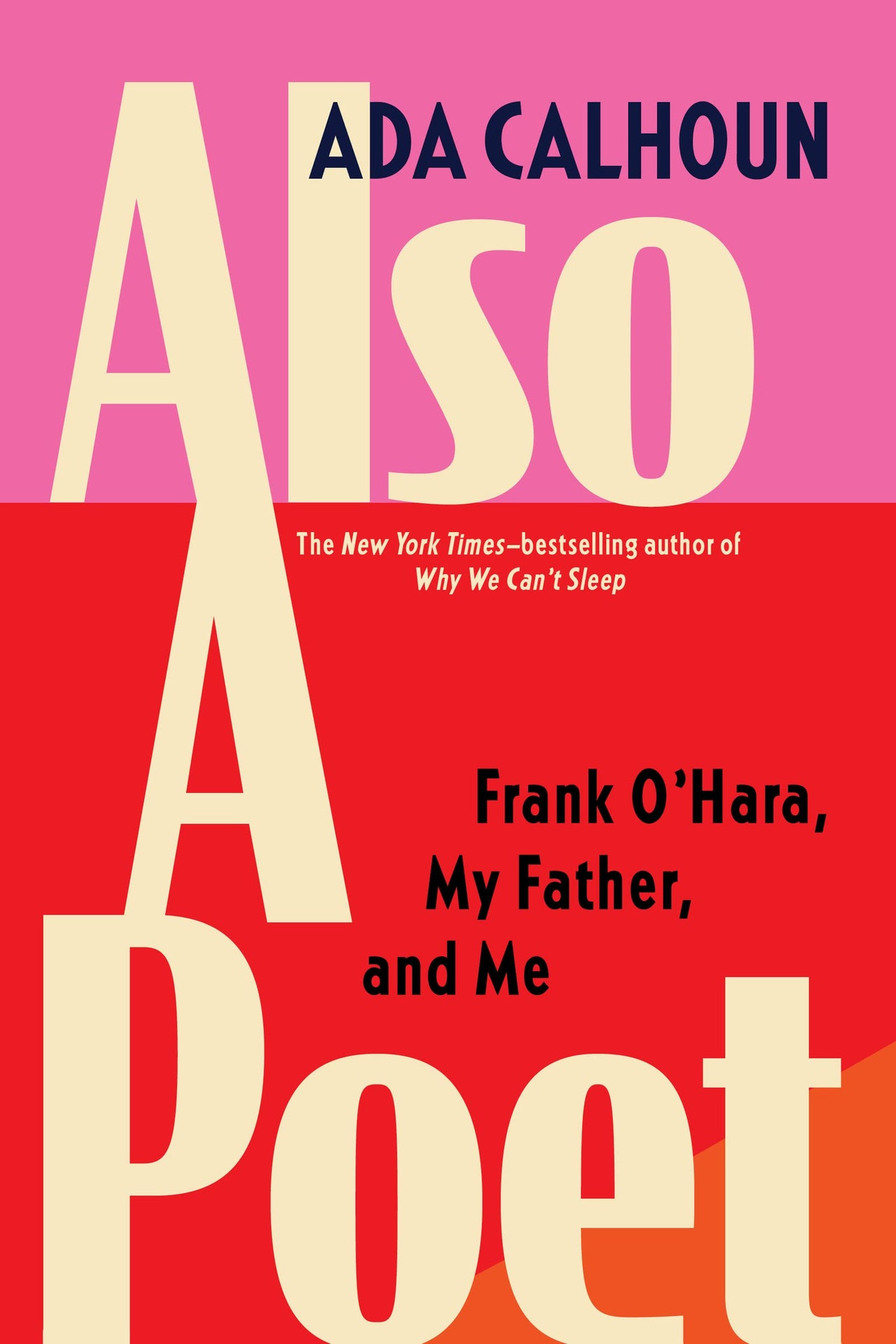
Amber: Doomsday Book by Connie Willis
Connie Willis’s Doomsday Book is a my favorite book in her collection of sci-fi time travel works about historians and archaeologists in a distant future in which time travel is a research tool for scholars. Willis’ books are lengthy but absorbing adventures and, c’mon—what historian can resist imagining an era in which one of a researcher’s primary sources could be time travel to the period one is researching!? The reason I return to Doomsday Book from time to time is that it features a graduate student researching the original outbreak of the bubonic plague in England in the late 1340’s, and I’ve always found medieval English history a fascinating time period. This book is the kind of well-researched fiction that pulls me back for a re-read from time to time because I know I’ll come away from it with a new perspective on the story that I haven’t considered before.
Jordan: Piranesi by Susanna Clark
I started “Piranesi” on the plane back from Colorado for a friend’s wedding. I am about half-way through and am still unsure what I am reading. Weirdly enough I am totally absorbed into it and love the magical, surreal-ness of the book. It’s one of those slow builds and reveals and I can’t wait to fully understanding the mythology of this world. It feels both anthropological in its journal-entry style of writing and fantastical in the plot and setting. If anyone has read it, they will know the motif of water plays heavily in the book and just two days ago I dropped the book in the water as I was running myself a bath… Not sure what that means but it felt quite apropos. I will report back once I have finished, but I am recommending to all out there who enjoy magical realism, like “100 Years of Solitude.”







